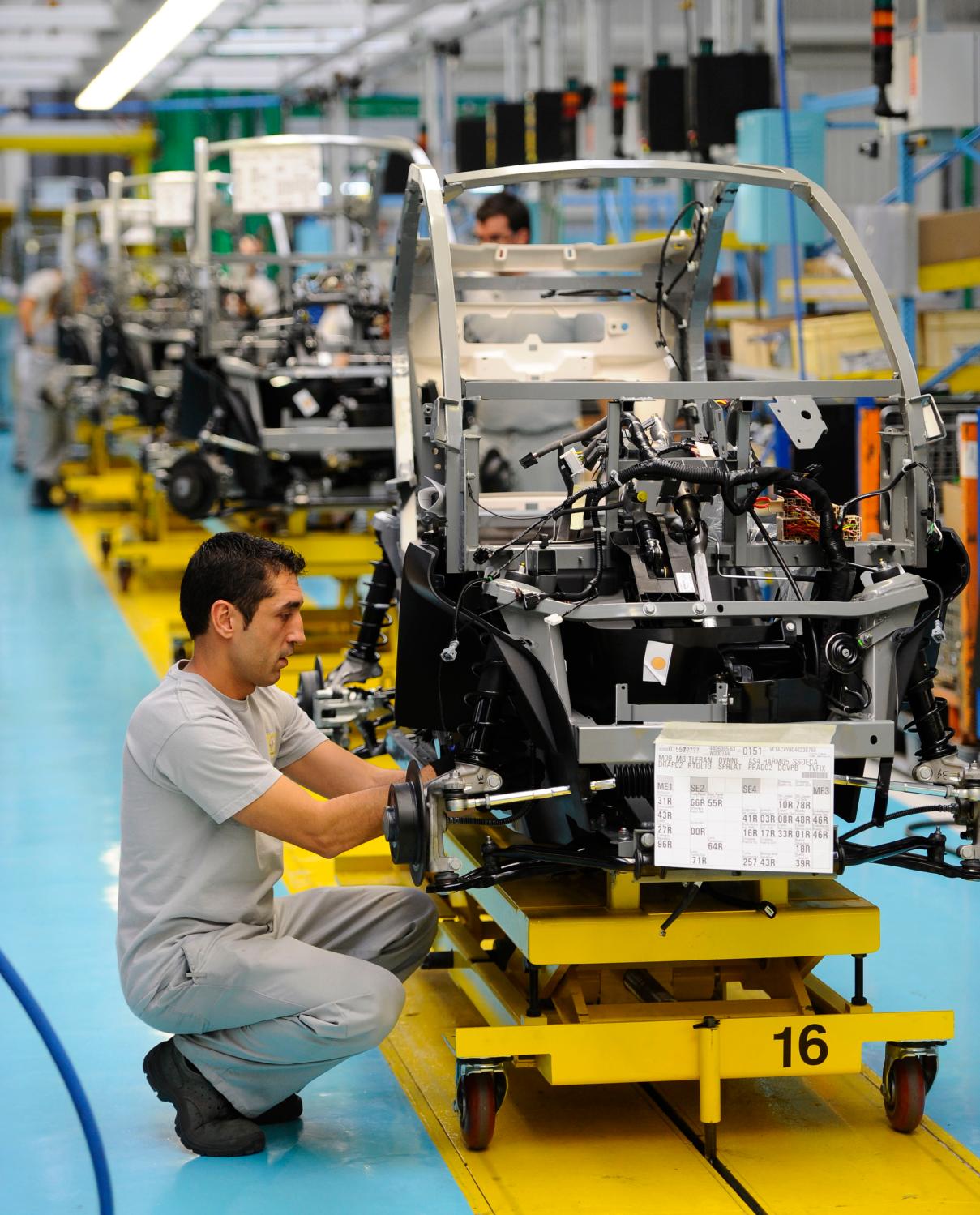Last night President Obama proposed the launch of “a network of manufacturing hubs” through which industry, universities, community colleges, and governments will work together to develop and deploy new manufacturing technologies. That line in the State of the Union address probably had a lot of folks scratching their heads, wondering where it came from. After all, we as a nation have gotten out of the habit of thinking much about manufacturing, how innovation works, and the work of inventing things.
So what is it all about?
As it happens, and as I wrote last summer, Obama’s manufacturing hubs proposal is not a one-off idea out of nowhere but in fact is one very smart and plausible idea that Congress and the nation really should embrace.
Basically, the manufacturing hubs idea reflects an emerging consensus among a large number of industry leaders, technology analysts, and economic development professionals that regions are the place to work on technology-based development and that regions need to be anchored by hubs of collaborative R&D where industry can work with academia and government to solve tough problems and foment technology gains.
Creating such hubs was the idea behind our companion proposals at Brookings for the creation of a network of regional energy discovery-innovation institutes and the establishment of a program to aid and abet nascent clusters with competitive grants. And it is also the point of the Department of Energy’s Energy Innovation Hubs program as well as the several regional innovation cluster programs now running, including at the Department of Commerce’s Economic Development Administration, that have moved along these lines. More recently, my colleague Devashree Saha and I proposed creating a similar network of advanced industries hubs in both energy and manufacturing.
The ultimate point: Industries and the regions in which they are located profit from the presence of structured centers of excellence in which industry led consortia of firms, universities, community colleges, state and local governments, and other actors collaborate to solve innovation and technology deployment challenges of critical interest to advanced industries. That’s the point of innovation hubs.
So it is welcome to see the Obama administration moving to publicize and build out a potential network of regional manufacturing institutes aimed at tackling tough problems in advanced manufacturing.
Piloted last year with the launch of a new public-private institute for “3-D printing” in Youngstown, OH, the proposed new National Network for Manufacturing Innovation would launch 15 innovation centers akin to those boosting national competitiveness in leading innovation and manufacturing nations, such as Germany to Taiwan, as noted by David Hart, Stephen Ezell, and Robert Atkinson of the Information Technology & Innovation Foundation.
The centers will seek to accelerate technology deployment, operate demonstration facilities and test beds, support education and training, and perform applied research on new manufacturing processes—all unlikely activities for private industry on its own.
Nor will they do this just anywhere. Selected and designated through a competitive process, the hub consortiums will reflect not just technical excellence but regional excellence and regional concentrations of expertise and opportunity. In that sense, the theory and practice behind the hubs is compelling and sensible, as I wrote last year with my colleague Jessica Lee, and reflects a critical aspect of innovation and technology development:
- Innovation, and its deployment, does not happen just anywhere. It happens in places and, most notably, within metropolitan regions where firms and workers tend to cluster in close geographic proximity, whether to tap local supplier networks, draw on a pool of skilled workers, or profit from formal and informal knowledge transfer.
- If properly channeled, these “co-location synergies,” as economist Greg Tassey has dubbed them, will ensure that value added through innovation spreads through and remains within the domestic manufacturing supply chain. Nor is this only a “soft” benefit. Such local synergies—accumulated region by region—can foster greater efficiency within and across manufacturing supply chains and add to the nation’s competitiveness.
In sum, the proposed new manufacturing hub network is far from random, or sudden. In fact, it’s not only smart and necessary for rebuilding U.S. manufacturing competitiveness, it also draws on some of the most fundamental wellsprings of economic exchange known.
The Brookings Institution is committed to quality, independence, and impact.
We are supported by a diverse array of funders. In line with our values and policies, each Brookings publication represents the sole views of its author(s).




Commentary
Manufacturing Hubs: What and Why?
February 13, 2013